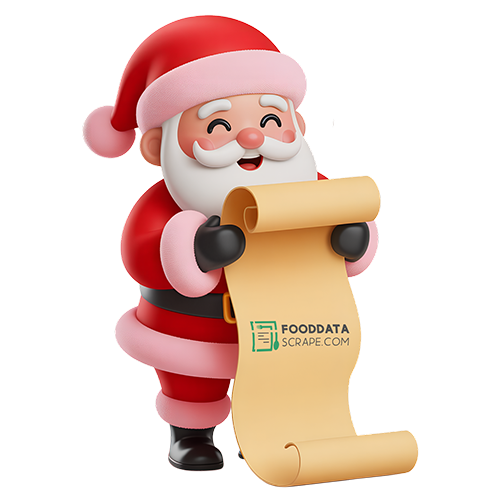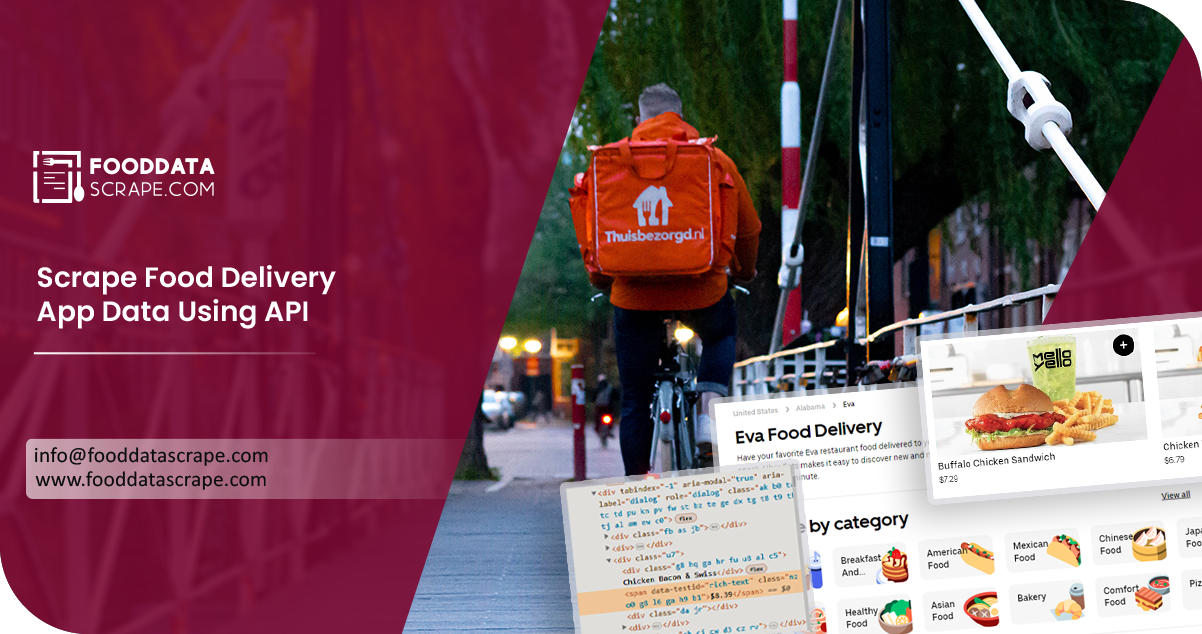The Client
Our client ran a food delivery business and was willing to extract data from competitor platforms to gain a competitive edge and better understand the market landscape. They were willing to analyze competitor menus, pricing, delivery areas, customer reviews, and other relevant information to identify opportunities, optimize their offerings, and enhance their overall business strategy.
Key Challenges
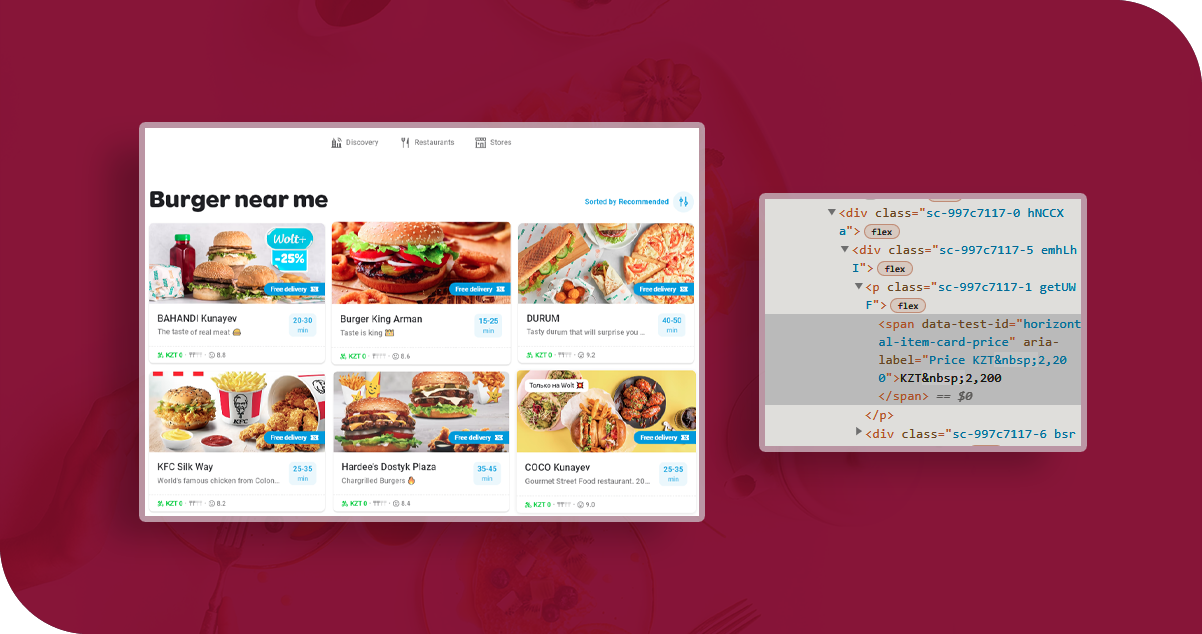
While performing food delivery app scraping, we encountered several key challenges:
Food delivery websites have complex and dynamic structures. The HTML elements frequently change, making locating and extracting the desired data difficult.
It employs several anti-scraping techniques, including CAPTCHA, IP blocking, etc., to prevent automated data extraction, which causes scraping problems.
The website's rate-limiting mechanism restricts the number of requests for extraction.
Key Solutions
Our client obtained deep insights into the availability and popularity of various food items, pricing trends, customer preferences, and competitor performance by analyzing the scraped data. It enabled our clients to make informed decisions regarding their menu offerings, pricing strategies, and marketing campaigns.
Scrape food delivery data to provide our clients with a comprehensive understanding of the market demand and allow them to identify gaps or opportunities to introduce unique or trending dishes.
By analyzing the popularity of different food items based on customer reviews and ratings, our client gained insights into customer preferences for specific cuisines, flavors, or dietary requirements. This information guided them in curating their menu to align with customer preferences, leading to improved customer satisfaction and loyalty.
The pricing trends analysis helped our client position their offerings competitively in the market.
Methodologies Used
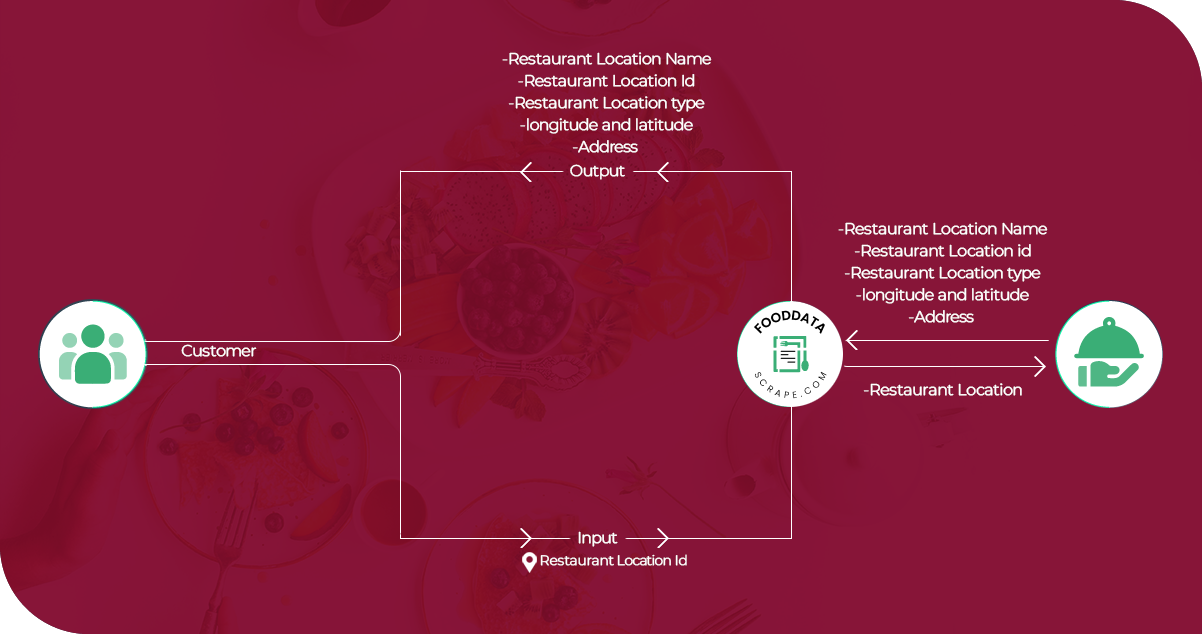
First, we identified the competitor's website to scrape the food delivery app. Then, we researched and selected a competitor whose data was valuable for the client's restaurant.
Before proceeding with the scraping procedure, we reviewed the competitor's website's legality and terms of service.
Scrape restaurant API data to identify the specific data points, including menu items, customer reviews, business hours, location, contact information, etc., to extract from the competitor's website.
We then selected a suitable scraping tool to extract data from the competitor's website. These tools help interact with the website's HTML structure and retrieve the desired information.
Then, we choose a scraping tool to develop a script to navigate the competitor's website, retrieve the desired data, and save it in a structured format like CSV, JSON, or database.
Store the data in structured files. We ensured that they were in an organized structure.
We then schedule the scraping script to run periodically. This automation ensures that our client has updated information without manually triggering the scraping process every time.
After scraping the data, we gathered the competitor's data, performed analysis to extract valuable insights, and compared prices, menus, customer reviews, or any other relevant factors to identify opportunities and formulate strategies to differentiate your client's restaurant.
Advantages of Data Collection Using Food Data Scrape API
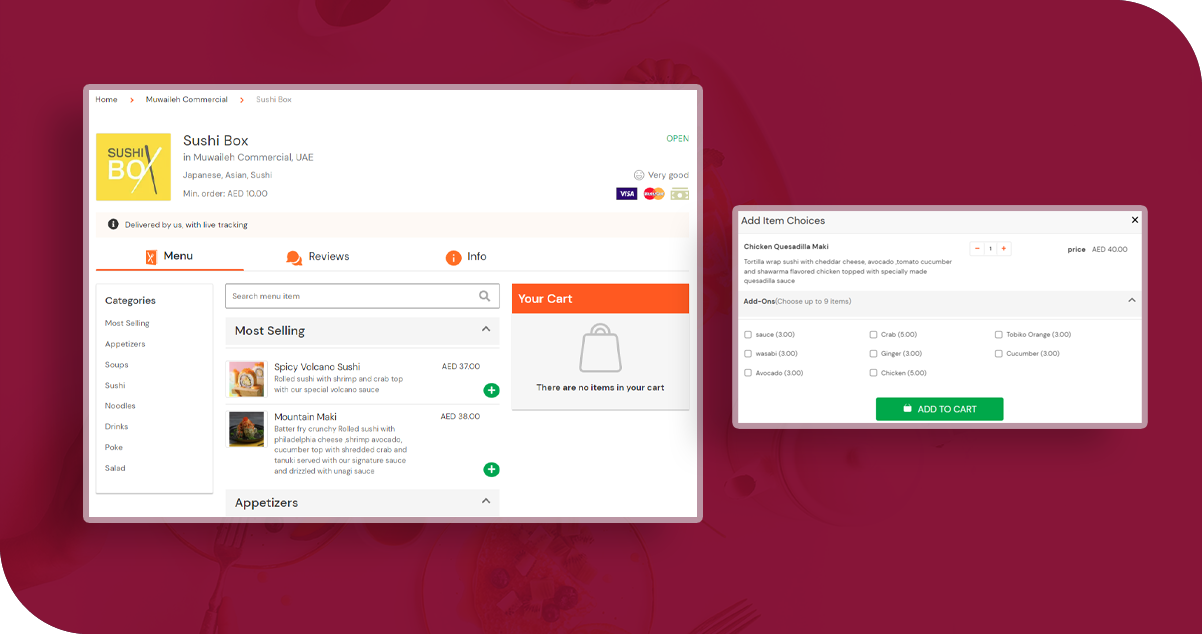
Structured Data: APIs provide structured and organized data in a standardized format. The data is usually returned in JSON or XML, making it easier to integrate into various applications.
Real-Time Data: APIs often offer real-time or near real-time data updates, allowing you to access the most recent information. It is advantageous for applications requiring updated data.
Specific Data Retrieval: APIs allow you to request and retrieve specific data elements from websites. Instead of scraping an entire website and filtering out irrelevant information, APIs enable targeted queries, improving efficiency and reducing excessive processing.
Controlled Access: APIs provide controlled access to data based on authentication. It allows data providers to manage access levels, monitor usage, and ensure data security.
Final Outcome: Our robust food delivery apps data scraping API has enabled our client to focus more on essential tasks. We have helped our client to scrape valuable data from the competitor's website. They employ this data to track prices and menu items and use it to optimize their menu and enhance customer satisfaction.

